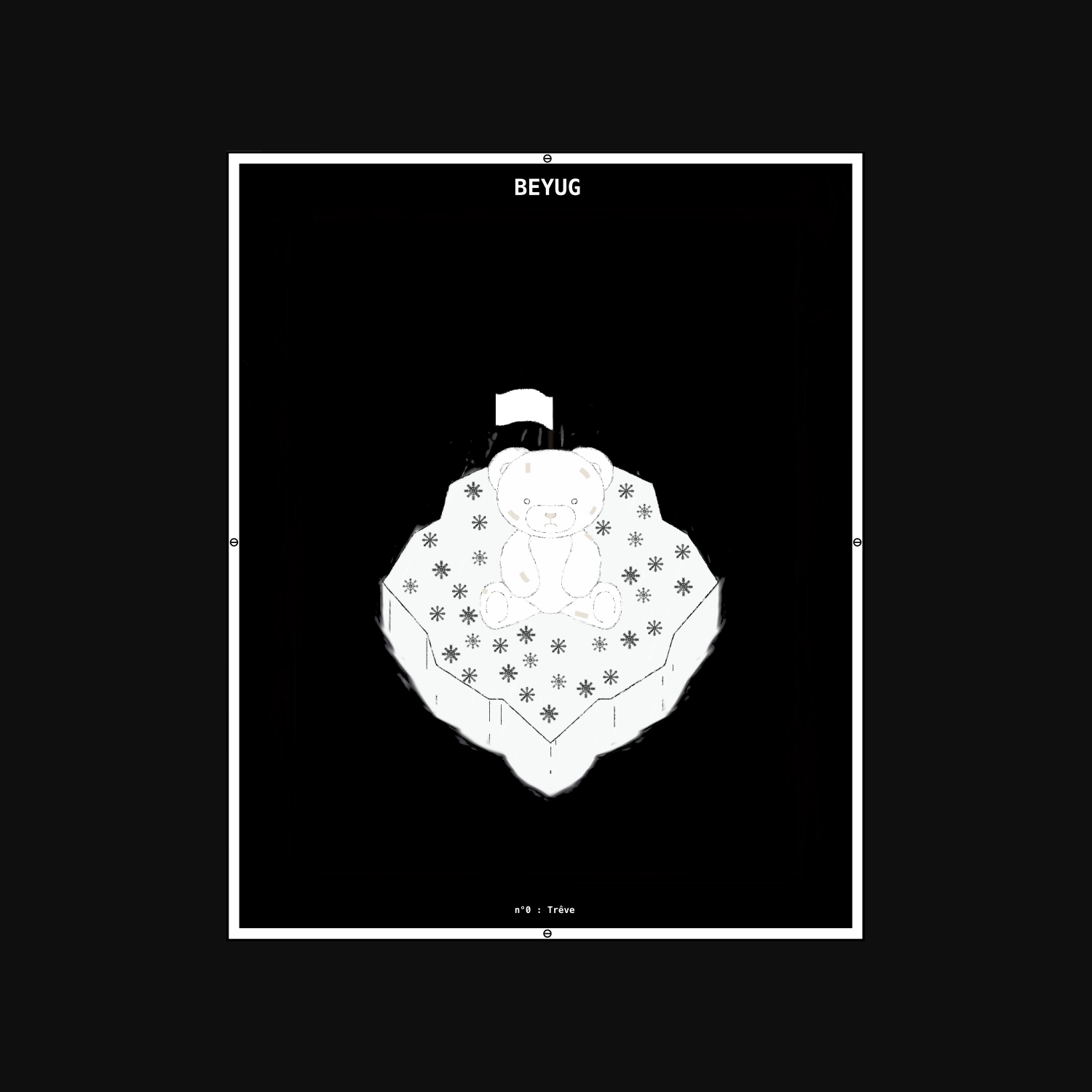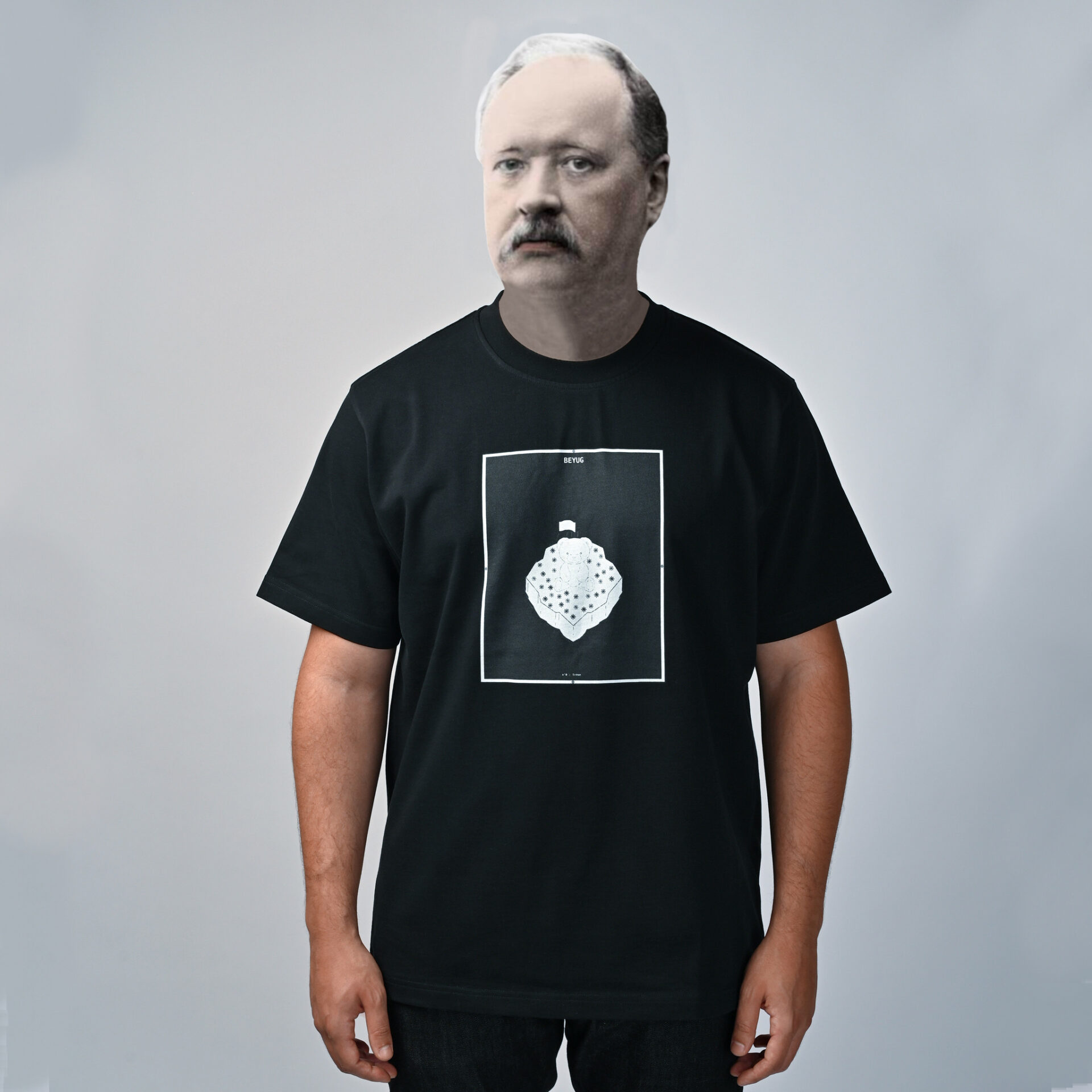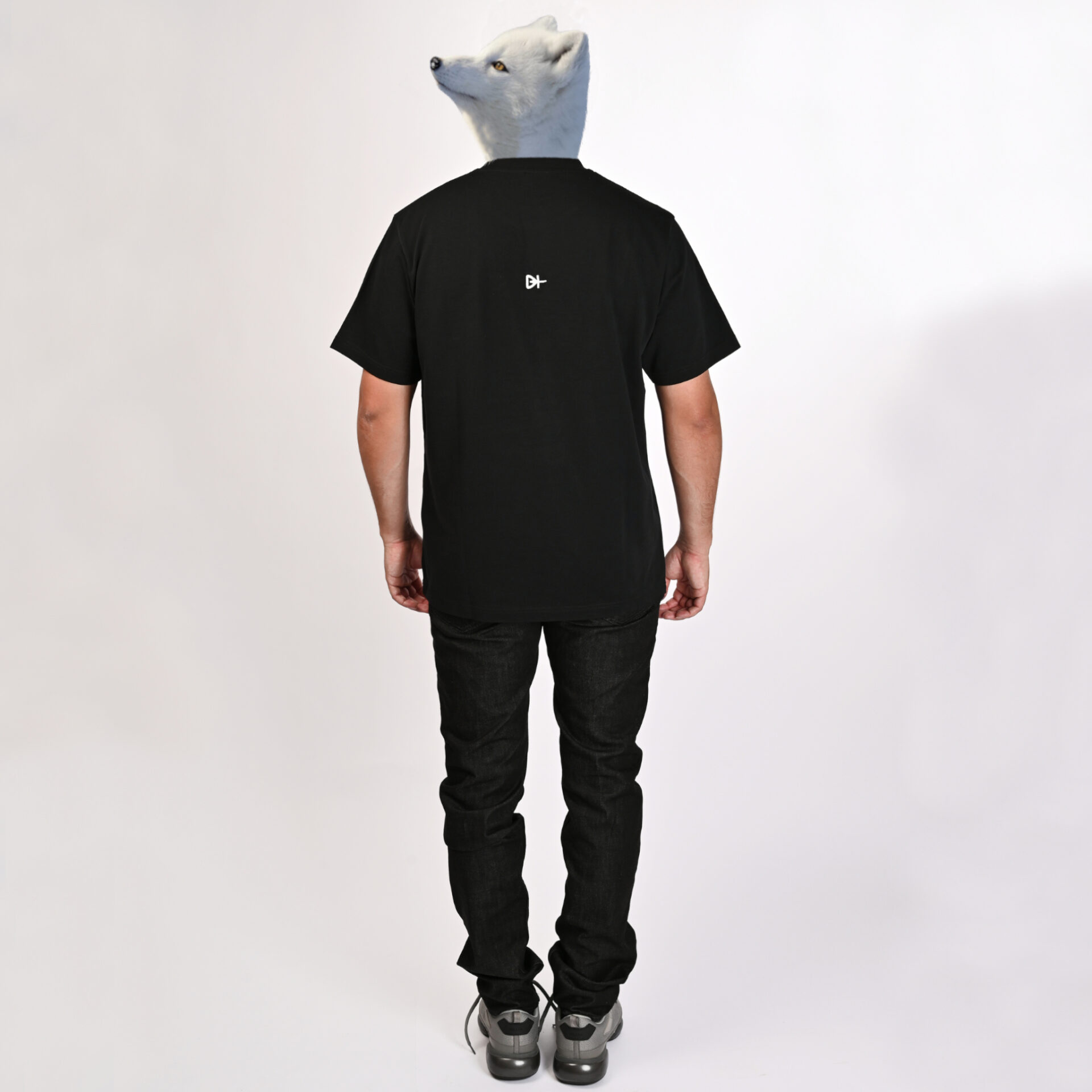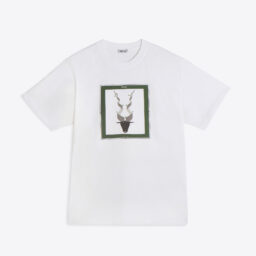Œuvre n°0 : Truce
210€
Description
The number 0 refers to zero degrees. The zero degree represents the passage of water from the solid state to the liquid state and also refers to the problem of the warming of the poles as well as to the zero tolerance towards people who pollute without awareness.
Truce refers to a request for a cease-fire, an interruption in a fight.
Let's look at the work. The idea is to warn about global warming and pollution. The teddy bear covered with bandages represents the struggle of polar bears sailing from ice floe to ice floe, losing more and more territory over the years due to climate change. The white flag on his back signifies his surrender to humans.
Product details :
- Model is 174cm, and wears M
- Fit relaxed, comfortable
- Composition 100% organic cotton
- Labels 100% recycled satin
- Weight 240g/m2
- Made in Portugal
Les tee-shirts peuvent contenir une marge d'erreur de longueur liée à la production de 0,5 à 1 cm.
Disposition longueur - largeur - manches
XS 67 cm - 50 cm - 21 cm
S 69 cm - 53 cm - 22 cm
M 71 cm - 56 cm - 23 cm
L 73 cm - 59 cm - 24 cm
XL 75 cm - 63 cm - 25 cm
Compléments d'informations
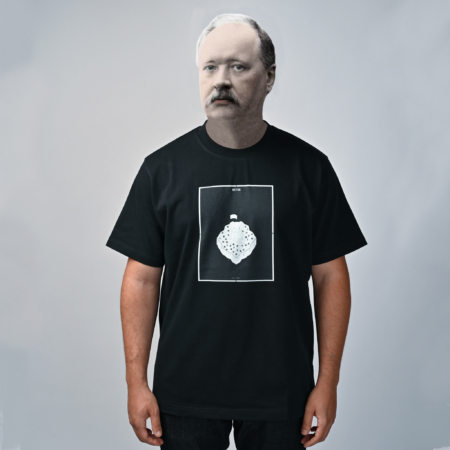
Svante Arrhenius is a great Swedish scientist who won the Nobel Prize in Chemistry in 1903 for his work on electrolytic dissociation. He was the first scientist to alert public opinion to the potential harmful effects of burning fossil fuels by making the link between the variation of carbon dioxide concentration in the atmosphere and its impact on long-term climate change.
"If the amount of carbon dioxide grows according to a geometric progression, the temperature increase will grow practically according to an arithmetic progression."
Svante Arrhenius, scientist 1859-1927

Before it was protected in 1940, the polar fox was hunted almost to extinction for its thick, snow-white coat. Today, it is threatened again by climate change.
"If the climate continues to warm at the current rate, there will be no Arctic foxes left by the end of the century, except perhaps on the Arctic islands," Tuomo Ollila, chief inspector of Metsähallitus, which is the Finnish Forestry Directorate.
Climate change is causing the polar fox's habitat to warm up, which is leading the red fox to move further and further north. More physically powerful than its cousin, the red fox forces the polar fox to move in turn and thus constitutes a serious threat.
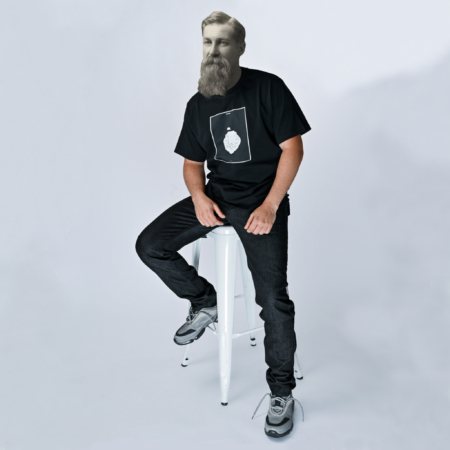
Thomas Chrowder Chamberlin is an American geologist who discovered, along with Svante Arrhenius, that human activities could contribute to global warming through their carbon dioxide emissions.
At that time, most scientists thought that the human influence on global warming was negligible, that so-called "natural" effects, such as periods of solar overactivity, caused most of the increase in the Earth's temperature. It was also thought that the oceans were such large consumers of carbon that they acted as gas absorbers and thus cancelled out the pollution.
"It now becomes necessary to designate organisms capable of removing carbon dioxide from the atmosphere."
Thomas Chrowder Chamberlin, geologist 1843-1928

The polar bear is one of the largest land carnivores in the world. Ursus maritimus, whose Latin name means "bear of the sea", is endowed with extreme endurance since it is capable of swimming several hundred kilometers in search of prey or carcasses. A sovereign creature of the Arctic, its lifestyle and physical attributes are particularly well adapted to life on the ice floes. Its ecosystem is nevertheless threatened by Man and the indirect effects of global warming. Indeed, the ice sea loses an average of 13.4% of its surface per decade, endangering the polar bear's habitat.
Another major threat is persistent organic pollutants.
These P.O.P., carried by the sea currents and winds, intoxicate the entire polar food chain, from plankton to fish, then to seals, and finally to polar bears. The latter are poisoned with mercury and lead, metals that are highly toxic for the nervous system and cause congenital degeneration.


